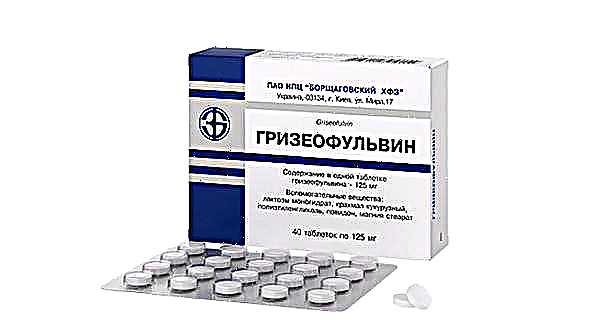
Enema is an unpleasant procedure, but before a cesarean section, and sometimes even after it is absolutely necessary. Women in labor who are admitted to the maternity hospital for natural childbirth, this procedure is done in the admission department. Before an operative delivery, it is carried out several hours before the start of the operation.
Many women believe that an enema during childbirth is needed so that, when pushing, a woman does not empty the intestines at the same time. But then the question arises, why should the intestines be flushed before the operation, because the woman does not push? How and why an enema is done before operative delivery, we will tell you in this article.


Why is this needed?
An empty intestine does not put pressure on the uterus. And this is the main reason why an enema is given before the operation. The uterus should be free, this will allow the surgeon to carry out the operation itself in a better quality, minimizing the risks of possible infection that are present with each surgical intervention. The empty intestines will help the woman in the period after the operation, when the uterus begins to contract, her involution.
Women who have undergone similar or other abdominal surgery know very well how painful and scary it can be to go to the toilet, laugh, cough after it. A pre-cleansed intestine is a guarantee that a woman does not want to go to the toilet during the first three days after childbirth, and she does not have to suffer herself and risk tearing fresh internal and external seams.

After the operation, the woman is prescribed the strictest diet, which is also aimed at preventing the intestinal filling and the pressure of the intestinal loops with constipation on the uterus. This is the key to correct and successful recovery.
The fear of attempts after the operation is so strong that a woman psychologically cannot overcome it even 4-6 days after the operation.
In this case, the enema will help to empty the intestines and cleanse the body. True, in the postoperative period, doctors recommend using pharmacy microclysters or rectal suppositories with a laxative effect.

How is it done?
It is customary to put an enema on the day of a planned operation early in the morning. The woman will be raised early, before the general rise, specifically in order to cleanse the intestines.
The pregnant woman is laid on her side on a couch, the tip is lubricated with petroleum jelly or baby cream and inserted into the anus. After that, the nurse holds the Esmarch mug and controls the filling of the intestines with warm water. Water must be used warm (at least 20 degrees). A cold one can cause involuntary vasospasm, which can negatively affect the condition of the expectant mother and her baby.

In Esmarch's mug, connected to the tip by a flexible connecting tube about one and a half meters long, one and a half to two liters of water should be poured.
Ideally, everything should be poured into the intestines, but in practice, usually a smaller amount is injected, since when the intestines are filled with water, a feeling of fullness arises, which is not only difficult for a pregnant woman to endure, but also quite painful.
After the bowel is filled with water, the nurse helps the pregnant woman to reach the toilet, where she can empty her bowels. After the enema, be sure to wash well with soap and shave the pubis. After the enema, you cannot eat, because the woman will have to be anesthetized.
An enema is given before a surgical delivery once.


After the operation - is it necessary?
A cleansing enema in the full sense of the word with an Esmarch mug and an unpleasant rectal tip is usually not given after the operation. It is considered optimal if a woman's stool is restored naturally within 3-4 days after a cesarean section. But in practice, its independent restoration is very rare.
But it is impossible to allow intestinal overflow and constipation. Therefore, the doctor recommends a laxative. If a woman is allergic to laxative components or she does not want to take risks and take pills or capsules because of breastfeeding, then rectal suppositories, for example, "Bisacodyl" or other drugs that do not have a systemic effect, are suitable, and therefore they will be completely safe for the baby ...
It is important to know that the systematic use of such funds causes a weakness in the intestinal tone, in which it becomes almost impossible to go to the toilet without a laxative. Therefore, women are advised to use microclysters and candles only a limited number of times, and gradually start going to the toilet on their own.


You can learn about why an enema is given in the hospital in the following video.



